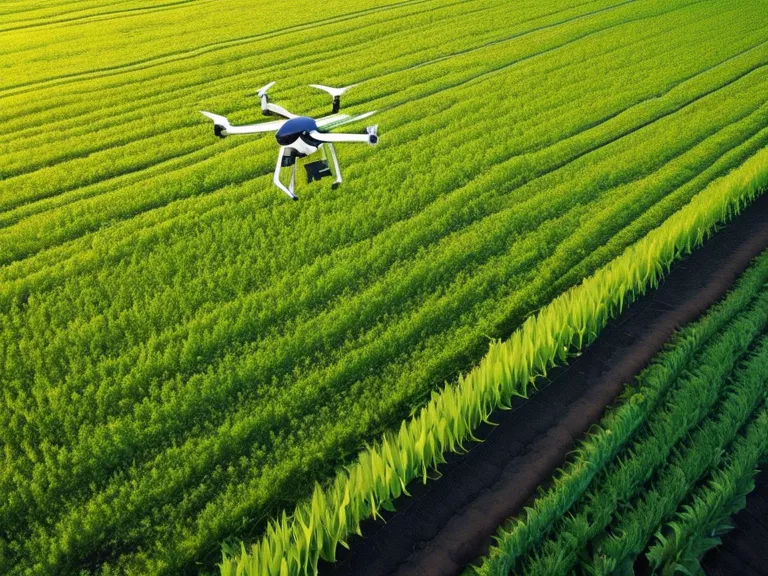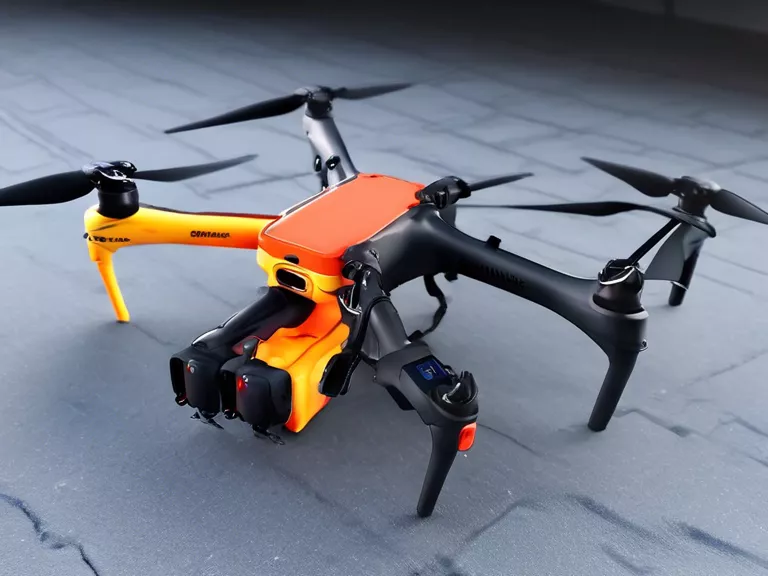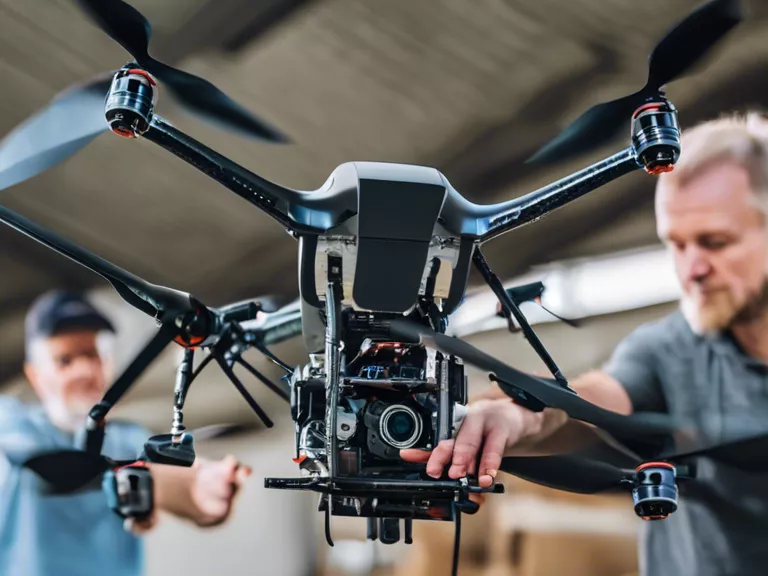
Drones have revolutionized the way we practice agriculture, allowing for precision farming and detailed crop monitoring. In this article, we will discuss how to effectively use drones in agriculture to optimize crop production and increase yields.
One of the main benefits of using drones in agriculture is the ability to collect high-resolution aerial images of fields. These images provide valuable data on crop health, nutrient levels, and pest infestations. By analyzing this data, farmers can make informed decisions on irrigation, fertilization, and pest control, leading to more efficient crop management.
Drones can also be equipped with infrared cameras to create heat maps of fields, which can indicate areas of stress or disease in crops. This early detection allows farmers to take corrective action before significant crop damage occurs. Additionally, drones can be used to monitor crop growth over time, providing insights into growth patterns and development stages.
Another important application of drones in agriculture is the ability to create 3D maps of fields. These maps provide detailed information on topography, soil composition, and drainage patterns, allowing farmers to design precision planting and harvesting strategies. By accurately mapping their fields, farmers can maximize the use of resources and reduce waste.
In order to effectively use drones in agriculture, farmers should invest in quality drone equipment and software. They should also obtain the necessary training and certifications to operate drones safely and legally. Regular maintenance and calibration of drone equipment are important to ensure accurate data collection.
In conclusion, drones offer a valuable tool for precision farming and crop monitoring in agriculture. By utilizing drones to collect aerial images, create heat maps, and generate 3D maps of fields, farmers can make more informed decisions to optimize crop production. With the right equipment, training, and maintenance, drones can significantly improve efficiency and yields in agriculture.



